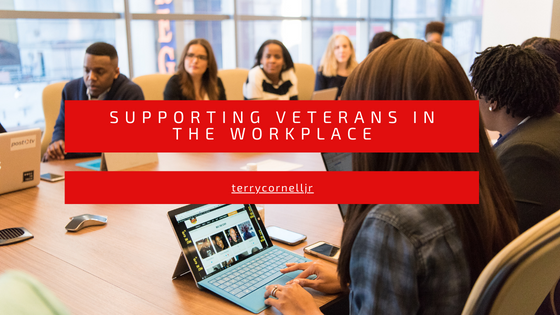In 2021, about 19 million individuals in the US were veterans. These individuals have the skills and training to help address the country’s workforce shortage. Unfortunately, over half of these individuals said finding a job was a top transition challenge.
Although it’s generally not a concern for military veterans to worry about finding a job, a 2022 study by Forbes revealed that many of them cite mental health issues as a reason for being unable to find a job. Also, over a quarter of unemployed veterans have no desire to work. Employment instability can lead to various issues, such as an increased risk of experiencing mental health issues.
Despite the obstacles that military veterans face on their path to success, I believe that there are still steps that organizations can take to support them in their employment and improve their rates of success. One of the most important factors businesses can consider when supporting veterans is their willingness to provide them with the necessary resources and support.
Here are four steps that leaders and companies can take to support military veterans in the workplace.
Share which resources are available
Consider providing benefits such as health insurance and other perks. When supporting military veterans, ensure the resources are easily accessible and have no negative consequences. This will help combat the confusion that many veterans have when it comes to seeking treatment. Offering generous health benefits can boost the happiness and productivity of your employees. Studies have shown that happy employees are more productive.
Actively combat stigmas in the workplace
Make sure that your employees know that you value their well-being and health. This can be done through regular communication and by establishing a supportive environment. In addition, leaders should regularly inform themselves about veterans’ challenges and obstacles.
Some veterans avoid discussing their issues because they fear being fired or damaging their relationships. The workplace should be a safe environment for those needing to discuss their problems.
Support training and upskilling
Although many military veterans receive specialized training, it’s not always easy to repackage these skills and transfer them into the workforce. There are many programs that can help both civilians and veterans find their footing. Training programs designed to support civilian and military communities can help make the transition easier. An effective and more efficient workforce can help lead to a happier life.
Start an affinity group
Various companies have employee resource groups designed to help create a more welcoming and diverse work environment. An affinity group for veterans can be a safe space where former service members can bond and share their experiences.
Leaders must take the time to address their employees’ mental health concerns, especially those at risk. Not only will it improve the company’s bottom line, but it will also give veterans the support they need to succeed in the workplace.
